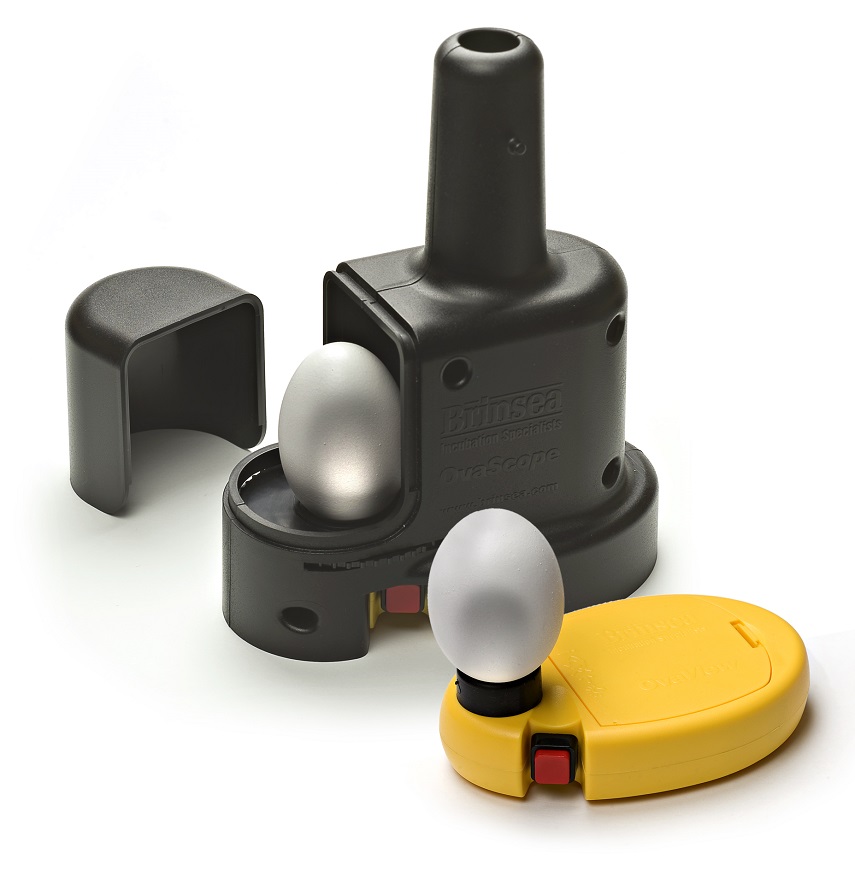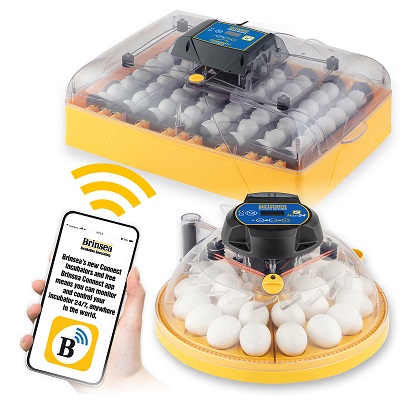Egg Candling 101: A Beginner's Guide to Candling Eggs
If you're new to incubation, you're likely wondering what egg candling is and why it's such a crucial step. This guide will walk you through everything you need to know, from the equipment you'll need to what you should expect to see inside the egg at every stage.
What is an Egg Candler?
Candling is a simple method of shining a bright light through an egg's shell to observe the growth and development of the embryo inside. The name comes from the original light source: candles.
Modern egg candlers or candling lamps are far safer and more effective. High-intensity LED candlers are now the standard because they are bright, efficient, and have an extremely long life. They produce a cool, concentrated beam of light that illuminates the inside of the shell without any risk of overheating and damaging the delicate embryo. Their portability also means you can easily candle eggs right at the incubator.
Why is Candling Eggs So Important?
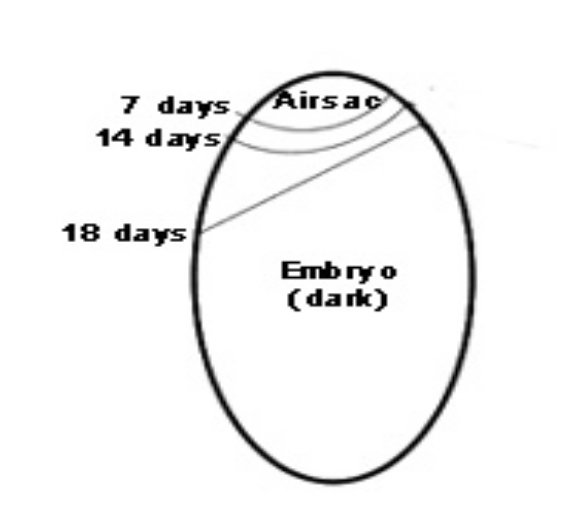
Candling is essential for a successful hatch. It allows you to:
- Confirm Fertility: Identify which eggs are fertile and developing.
- Monitor Embryo Development: Track the growth of the embryo and ensure it's on schedule.
- Check Air Sac Size: The air sac must grow as the egg loses moisture. Candling helps you verify if your incubator's humidity is correct. An egg should lose about 13% of its original weight by hatching day.
- Remove Non-Viable Eggs: Identifying and removing infertile eggs or those with dead embryos is critical. This prevents the risk of a rotten egg exploding and contaminating your entire hatch with harmful bacteria.
Don't worry, candling doesn't harm the eggs. A hen naturally leaves the nest for short periods, and taking eggs out of the incubator for a few minutes to candle them is perfectly safe.
How to Candle Eggs: A Step-by-Step Guide
It's best to start candling around day 5-7 of incubation and continue every few days. Follow these simple steps for the best results:
- Prepare Your Space: Work in a dark or dimly lit room to make it easier to see inside the egg.
- Handle Eggs with Care: Gently remove a few eggs from the incubator. Remember to wash your hands before and after to prevent contamination.
- Position the Candler: Hold the larger end of the egg (where the air sac is) directly against the candler's light.
- Observe and Rotate: Gently tilt and rotate the egg to get a complete view of the embryo, blood vessels, and air sac.
- Be Quick but Thorough: Try to complete your candling within 5-10 minutes to prevent the eggs from cooling down too much.
What You'll See When Candling: A Day-by-Day Chart
In a fertile, developing egg, you will first see a small dark spot (the embryo) with a web of blood vessels spreading outwards. As incubation progresses, this will grow until it fills most of the shell.
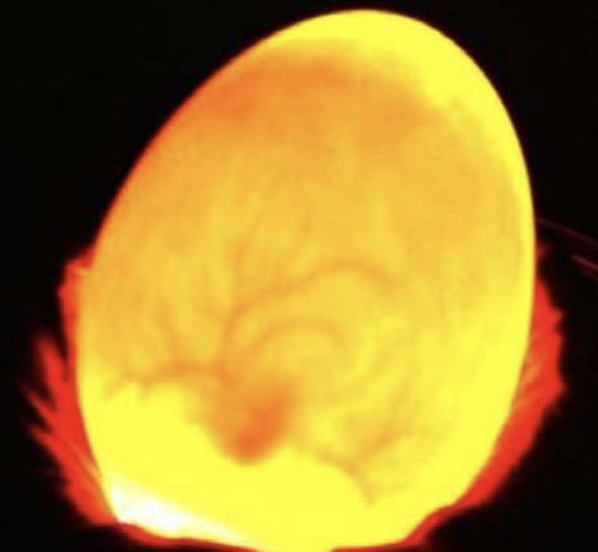
Day 5: Developing embryo with healthy blood vessels.
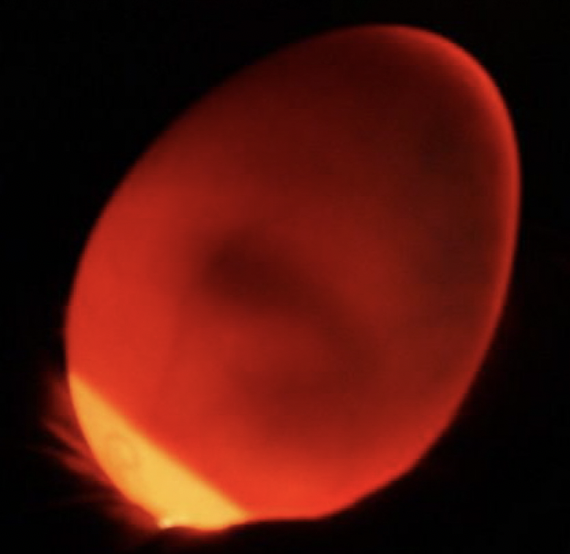
Day 10: Growing embryo, spreading veins, and a larger air sac.
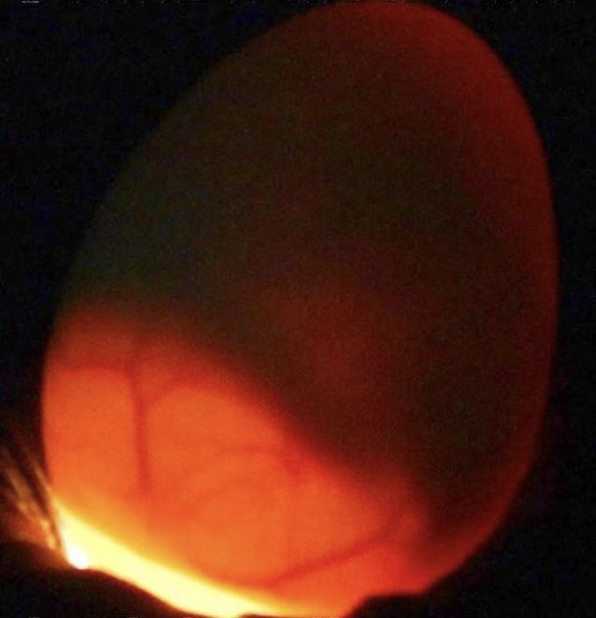
Day 14: Large embryo with a fully spread vein system.
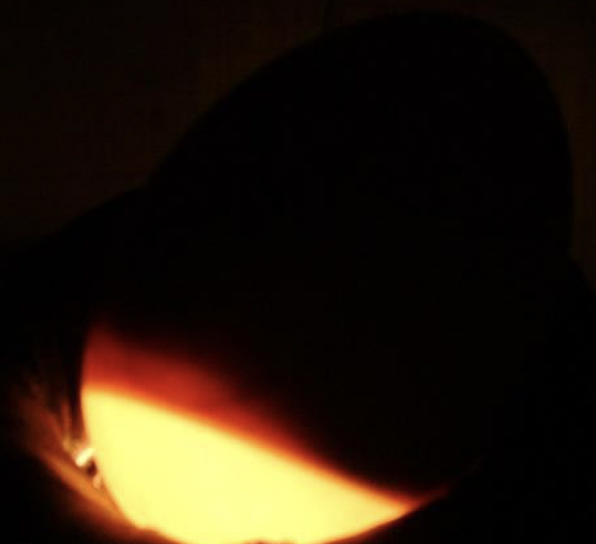
Day 19: Almost fully developed dark mass; movement may be visible.
Identifying Problem Eggs: Infertile vs. Dead Embryos
While most eggs will develop perfectly, it's important to identify and remove any that are not viable. Here’s how to spot the two most common issues:
Infertile Eggs ("Yolkers")
These eggs will appear completely clear and empty when candled, showing only the faint shadow of the yolk. They will not develop and should be removed.
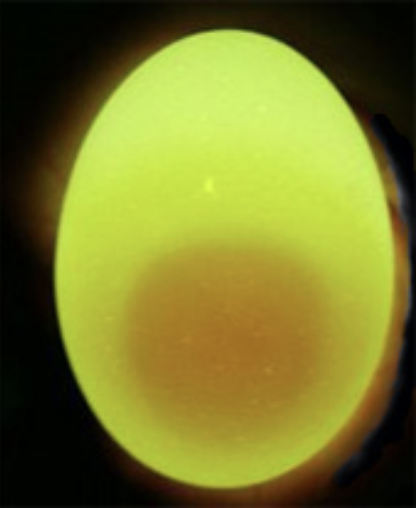
Dead Embryos ("Blood Rings")
If an embryo dies, you will often see a distinct "blood ring." It can also appear as a dark, motionless mass with no network of healthy blood vessels. These should also be removed.
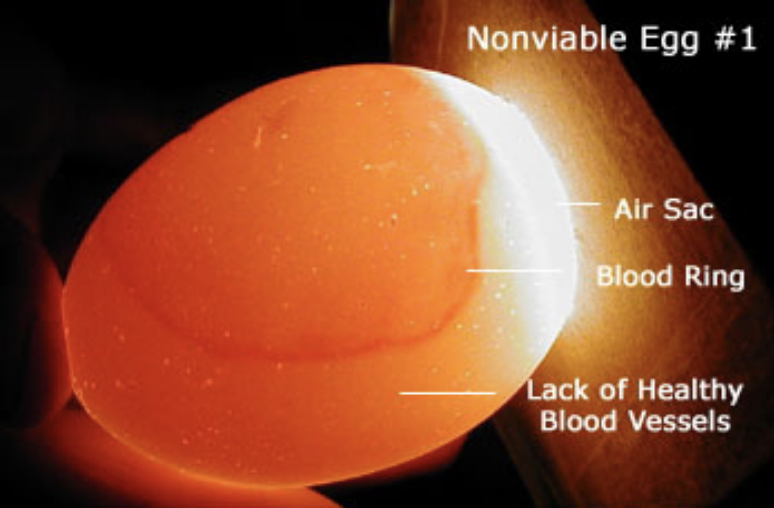
It takes practice to become confident. If you are not sure, don't discard the egg. Wait a few days and candle it again, comparing it to your healthy eggs.
Frequently Asked Questions (FAQ)
- How often should I candle my eggs?
- A good schedule is candling on Day 5, Day 10, Day 14, and Day 18 before lockdown. This allows you to remove non-viable eggs without disturbing the clutch too often.
- Can I use a regular flashlight to candle eggs?
- While you can, it's not ideal. A dedicated egg candler provides a much brighter, more focused beam of light that makes it easier to see detail, and it doesn't generate heat that could harm the embryo.
- What does a blood ring mean?
- A blood ring is a sure sign that the embryo has stopped developing and has died. This egg should be removed from the incubator immediately.
Get the Best Tools and More Information
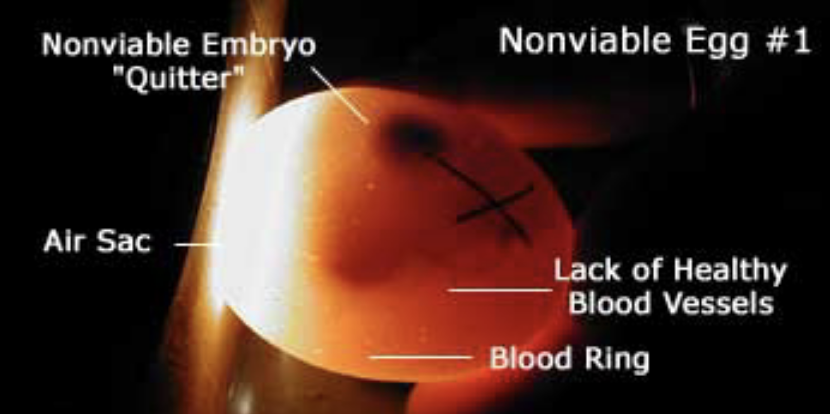
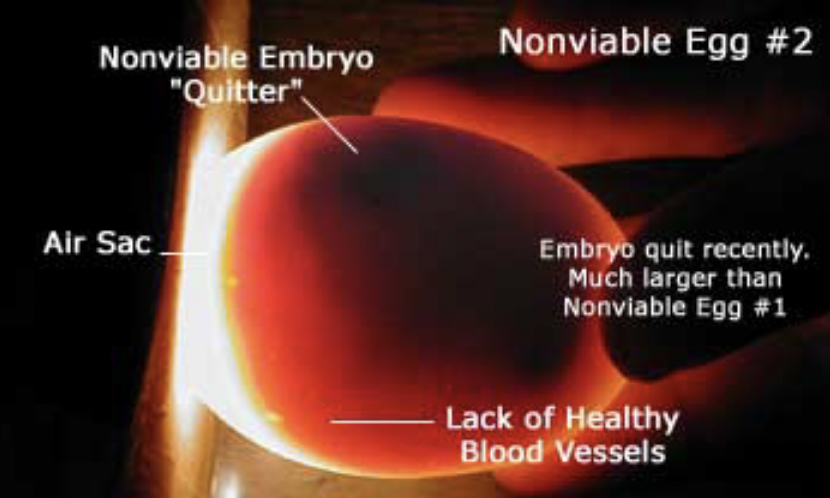
For more details on candling and other incubation procedures, download our free incubation handbook. To ensure you have the best tools for the job, shop our complete range of high-performance egg candlers and incubation equipment.
The INCUBATION HANDBOOK
What Egg Candling is and Why You Should
Shop securely at www.Brinsea.com or call 1-888-667-7009 for more details on our range of egg candlers or any of our incubation equipment.


